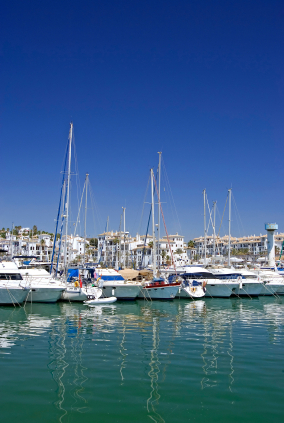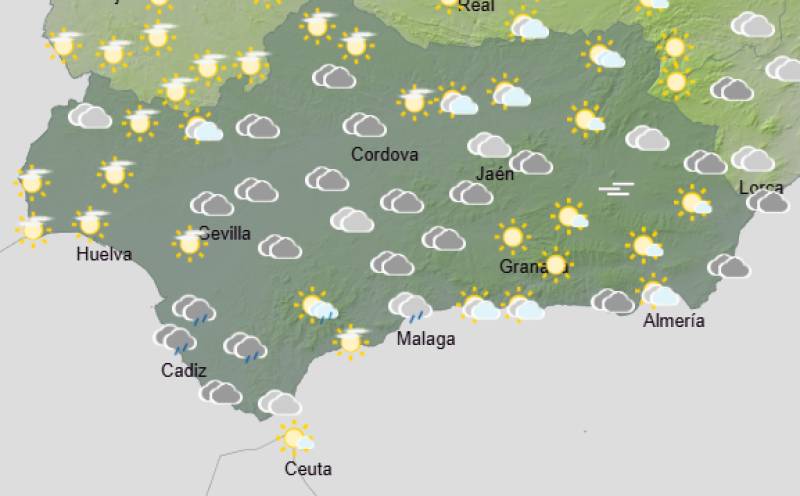

Guidelines for submitting articles to Mazarron Murcia
Hello, and thank you for choosing Mazarron Murcia to publicise your organisation’s info or event.
Mazarron Murcia is a website set up by Murcia Today specifically for residents of the urbanisation in Southwest Murcia, providing news and information on what’s happening in the local area, which is the largest English-speaking expat area in the Region of Murcia.
When submitting text to be included on Mazarron Murcia, please abide by the following guidelines so we can upload your article as swiftly as possible:
Send an email to editor@spaintodayonline.com or contact@murciatoday.com
Attach the information in a Word Document or Google Doc
Include all relevant points, including:
Who is the organisation running the event?
Where is it happening?
When?
How much does it cost?
Is it necessary to book beforehand, or can people just show up on the day?
…but try not to exceed 300 words
Also attach a photo to illustrate your article, no more than 100kb

Basic introduction to Málaga Province
Beach and golf developments par excellence plus a rich history and varied landscape
 Of the eight provinces which constitute the region of Andalucía, the province of Málaga is one of the best known in northern Europe due to it being home to the Costa del Sol, one of the first popular destinations for package holidays in the 1960s and 70s. Consequently Málaga has the fourth busiest airport in Spain, and thanks partly to tourism the provincial capital is ranked fourth in the list of most important economic centres in the country and the largest in the south.
Of the eight provinces which constitute the region of Andalucía, the province of Málaga is one of the best known in northern Europe due to it being home to the Costa del Sol, one of the first popular destinations for package holidays in the 1960s and 70s. Consequently Málaga has the fourth busiest airport in Spain, and thanks partly to tourism the provincial capital is ranked fourth in the list of most important economic centres in the country and the largest in the south.
The population of 1.6 million includes 73,000 British residents and a total of 168,000 from the European Union, almost all of them having chosen to live on the coast. This total represents almost half of all EU nationals resident in the whole of Andalucía, and partly as a result of the influx of foreigners almost all of the major towns and cities  are by the Mediterranean (the principal exceptions being the historic cities of Ronda and Antequera).
are by the Mediterranean (the principal exceptions being the historic cities of Ronda and Antequera).
Málaga and other resorts such as Nerja, Marbella, Torremolinos, Fuengirola and Mijas have become bywords for tourism, and on the back of this reputation there are now a myriad of marinas and golf courses all along the 100 miles of coastline in the province. For many northern Europeans this has become home from home, and the beach bars, water sports facilities and seafront restaurants are among the most popular in Europe.
But, of course, there’s more. Inland are the mountains, which reach heights of almost 2,000 metres close to the 
Historically, the area now known as the province of Málaga has been home to human beings for over 40,000 years, a fact to which testimony is borne by the cave paintings discovered in Benoaján and Rincón de la Victoria. Before the Romans arrived it was also colonized successively by the Phoenicians, the Greeks and the Carthaginians, eventually forming part of the Byzantine Empire before the Visigoths and then the Moors took over.


And the good times have remained, despite the involvement of local politicians in highly publicized corruption scandals.

Life in the province is punctuated, as it is throughout Spain, by the fiestas. Whether it’s Christmas or Easter, the Cruces de Mayo or All Saints’ Day, the Spanish party until dawn with religious fervour, and never more so than during the Feria de Málaga in the capital city during the second or third week of August. The sweet wine flows and flamenco dance and music are very much to the fore in this fundamental expression of regional character.




















